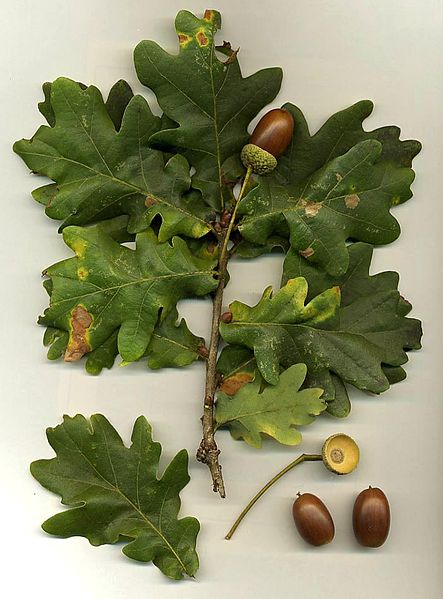oak tree
(quercus alba)
The oak tree has been a standard tree that has been part of the American society for centuries. In 2004, the oak tree was named America’s National Tree. Oak trees can live for over 200 years and have provided lumber and food for various forms of wildlife. Most people point to the oak tree as producing some of the most beautiful fall colors. There are nearly 90 species of oak trees found in the United States. Mexico has over 160 oak species, while China has the second greatest oak diversity and contains approximately 100 species.
There are two main groups of oak trees: white oaks and red oaks. These types of oaks are distinguished by the characteristics of the leaves and acorns, and in how long it takes the acorns to reach maturity. Red oaks produce leaves that are lobed and come to a point, which is different than white oak leaves where they come to a round end. The bark of the red oak is darker brown than the white oak species.
Oak trees produce both male and female flowers on the same tree. The acorns are considered the “fruit” fruit of the tree and consist of a rounded nut nested inside a scaly cup, known as a cupule. Oak seedlings sprout from the acorns that fall from the ground in autumn. Acorns often freeze before they can send roots down into the soil. Squirrels bury acorns to be dug up later for food in the winter, which allows many acorns to send roots to the soil. This is one of the benefits for seedling growth among oaks.
Oak trees also share a connection between states in the United States. Connecticut, Illinois, and Maryland all have designated their state’s tree as the oak. The oak tree can inhabit the borders of swamps, dry uplands, areas with cold winters, and hot summers. Maritime and subtropical conditions also may harbor oak trees of several varieties.

